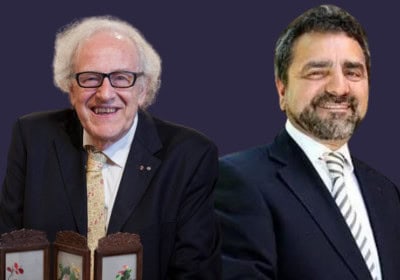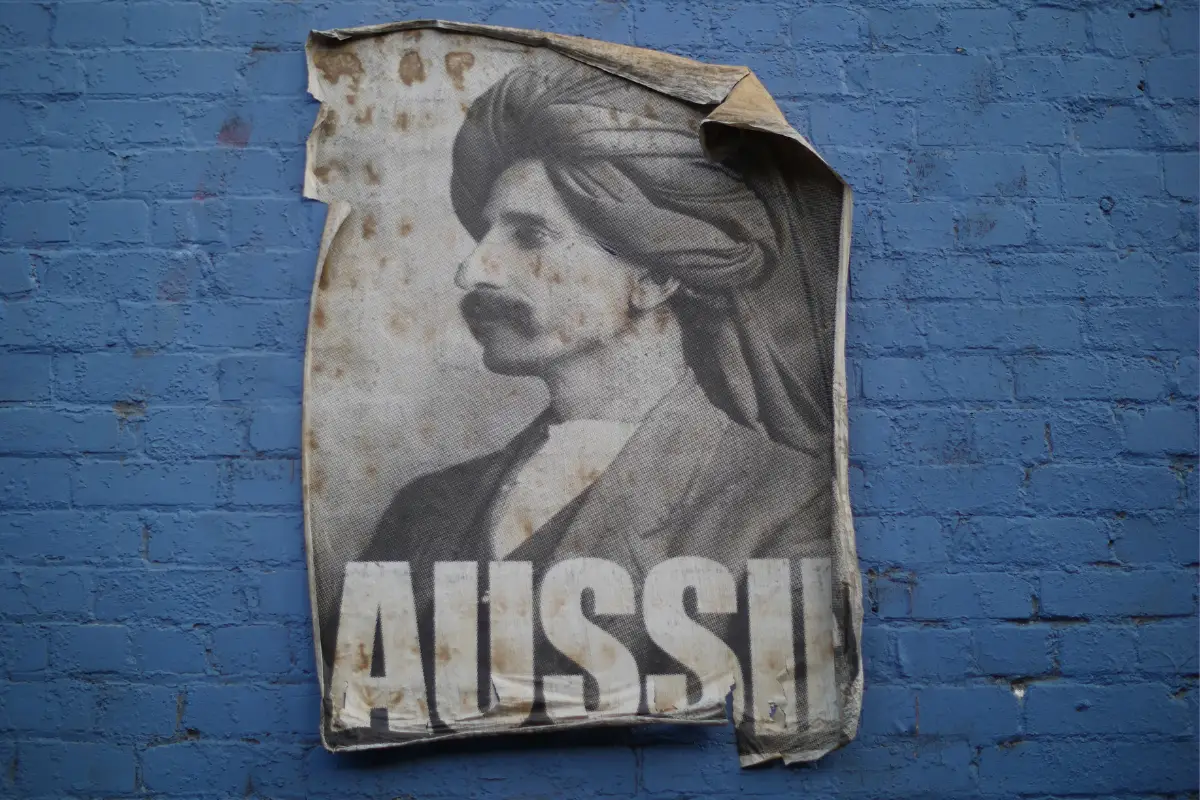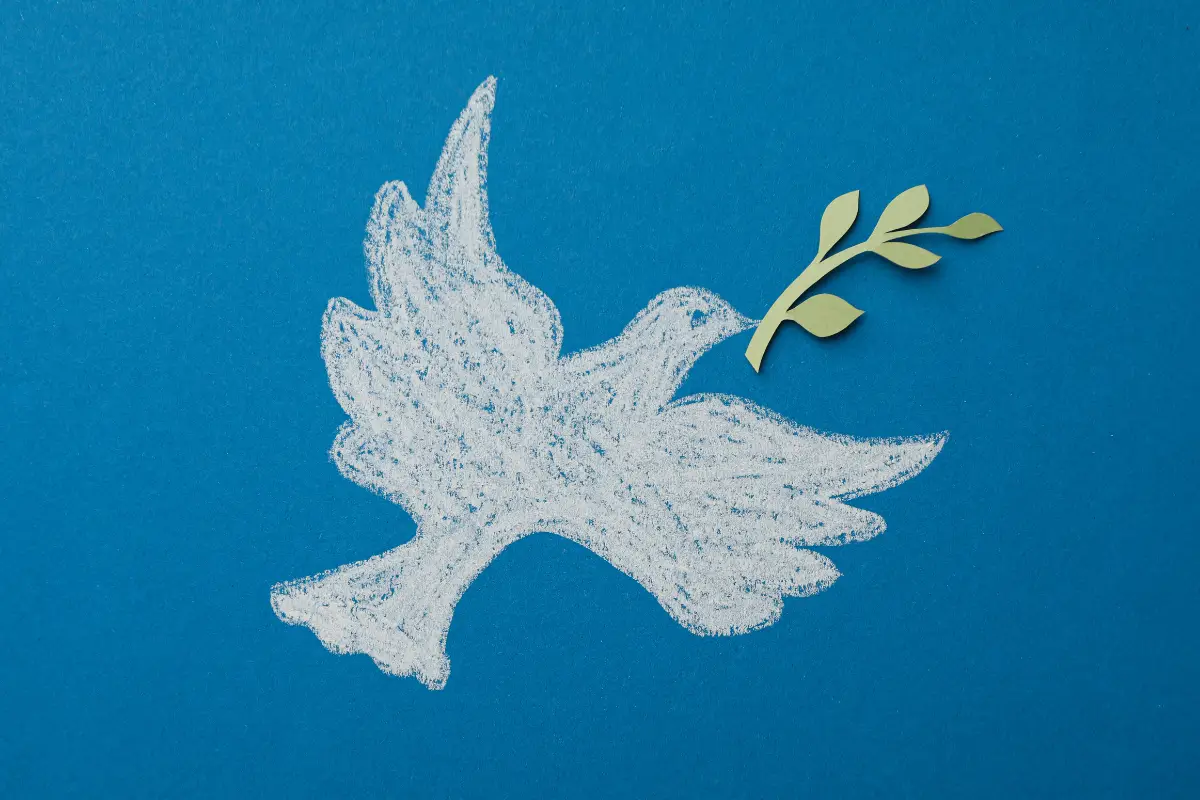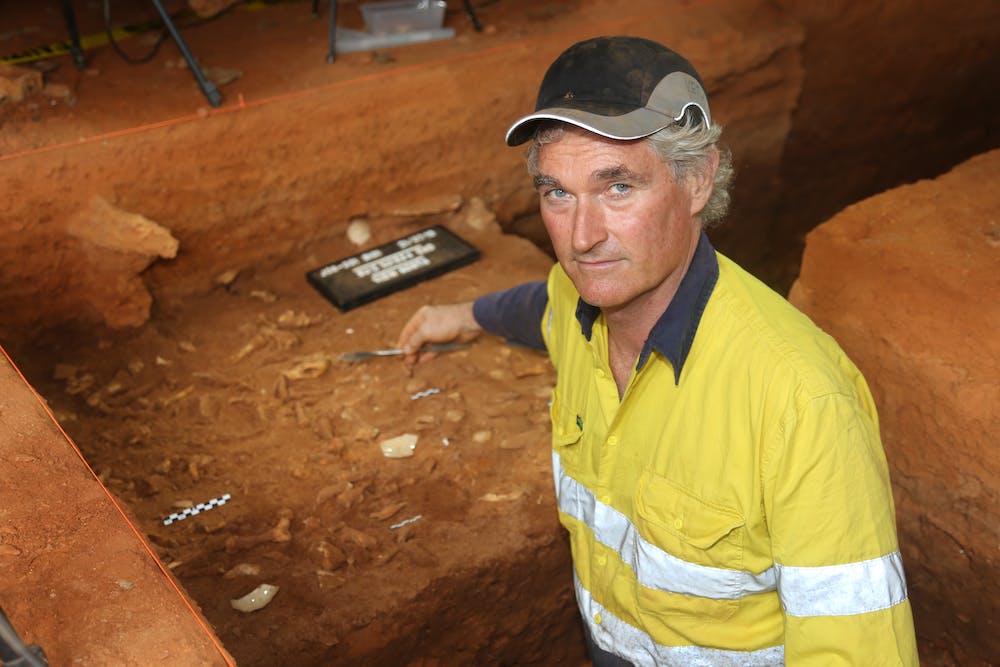
The Desert People: Australian Perspectives Laureate Project will revolutionise our understanding of the peopling of Australian deserts by recasting models of human adaptation.
It provides Traditional Owners, and Indigenous and non-Indigenous researchers with the tools to profile significant scientific and cultural values and assists host communities to protect significant sites and preserve the history of the nation.
With the rapid escalation of mining for high-demand commodities such as iron ore and rare minerals, tourism triggered by new domestic ‘exploration’ during the pandemic, and climate change the timing of this research is critical.
The escalated pressure on cultural heritage and host Indigenous communities is evident in the destruction of Juukan Gorge Caves, unmoderated access of off-road vehicles to sites of significance to Aboriginal people, and the mass erosion of coastal middens and burial sites.
Local Shires continue to open areas of desert coastline outside of national parks without adequate planning and mitigation.
Highly-fragile middens containing unique records of dietary practices and past marine environments are being cut into and eroded by uncontrolled vehicle movements.
Climate change is implicated in increased rates of coastal erosion and an increasing number of coastal burials are now compromised with remediation necessary by senior custodians working with management agencies.
Important sites and places need to be managed within their cultural landscapes. Without consideration of their proper context, the significance of their social surrounds is compromised. Desert People works with Traditional Owners in a two-way science mode to improve heritage and conservation outcomes for these vast desert estates.
Settling a region more than half the size of Australia
The early and successful settlement of four million square kilometers of deserts represents one of the greatest narratives of human migration in global history.
The project brings together for the first time the unique human records of the vast north-west arid zone, Ningaloo coast, Pilbara ranges and Western Desert.
This is the first coordinated study of a transect of significant Aboriginal heritage values from the desert coast of the Ningaloo World Heritage Area and Cape Range, across the massive Pilbara uplands with their well-watered gorges and through to the extensive dunefields and salt lakes of the Western Desert.
People across these regions connected historically by trading in items such as ochre, pearl and baler shell and shared Dreaming tracks, such as the Seven Sisters and these links continue today.
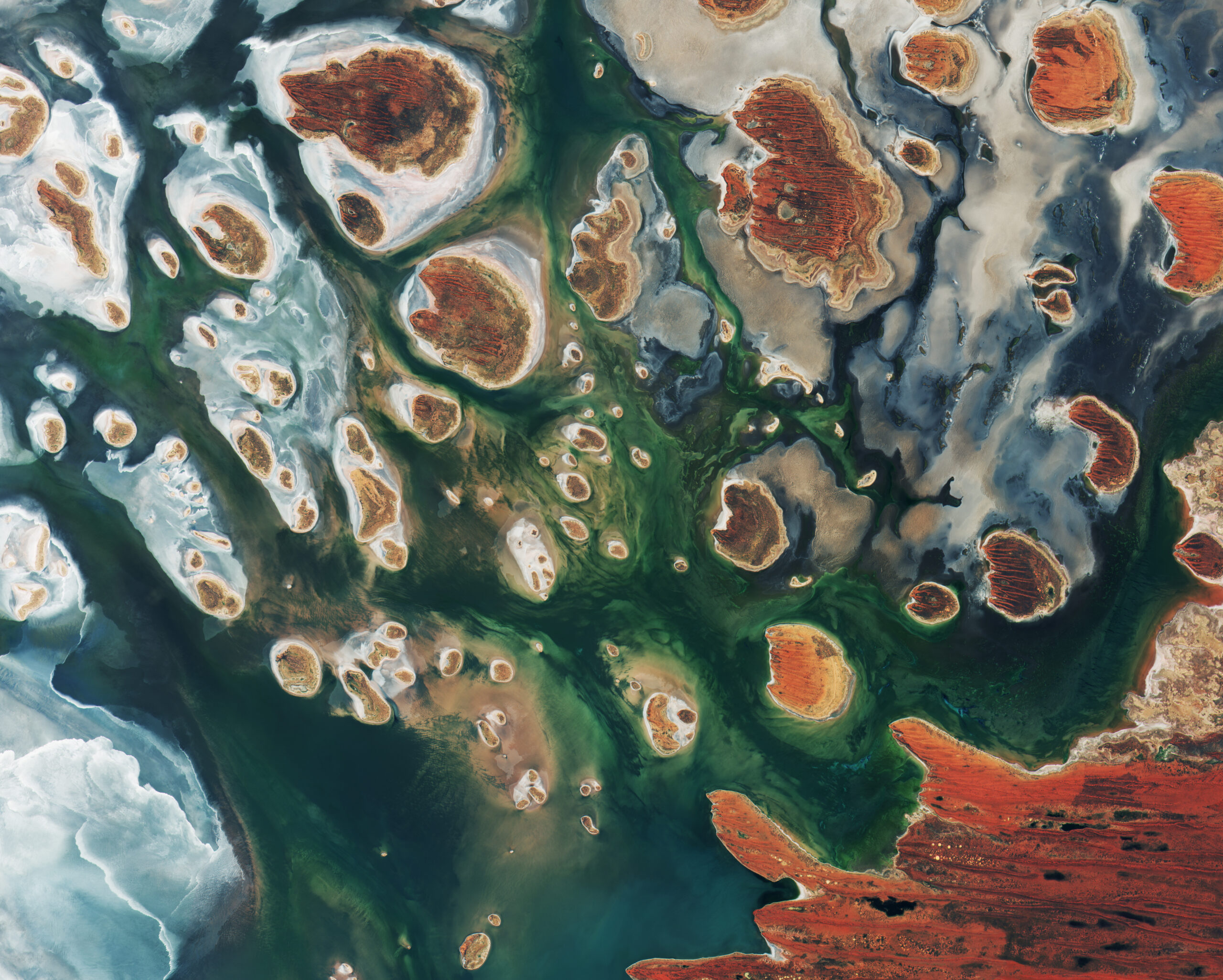
A (very) long-history of desert settlement
A central research proposition of our project is that Aboriginal people settled the Australian deserts much earlier than previously thought—in all probability, 60,000 years ago.
Occupation of these arid lands continued for tens of millennia with extraordinary resilience in the face of cycles of past climate change, water scarcity and resource depletion.
There are contemporary lessons in the deep history of these sustainable practices for land and cultural heritage management.
Exploring cultural landscapes of significance
Working with ten Aboriginal native title bodies and joint management regimes, the Desert People project has co-designed research at key sites and cultural landscapes of significance to Traditional Custodians and Rangers (many are part of the Indigenous Protected Area program).
Some sites with good preservation are in caves and rockshelters. Others, such as at Millstream in the Pilbara, are out in the open where groups camped, made artefacts, and undertook a range of social and ceremonial activities.
The project also focusses on cultural dynamics through time. It examines changes in group mobility as they responded to increased aridity. We examine their evolving diet and food preparation, tool-making, and symbolic practices such as rock art.
The time periods covered include the Last Glacial period (24 – 19,000 years ago), the Holocene (from after 12,000 years ago), ENSO (from about 4,000 years ago) and into the contact era.
Our four work streams – archaeology, archaeobotany, archaeozoology and chronology – include collaborators from University of Western Australia, University of Wollongong, Australian National University, University of Queensland, and Griffith and Waikato Universities.
Research findings to drive urgently-needed preservation
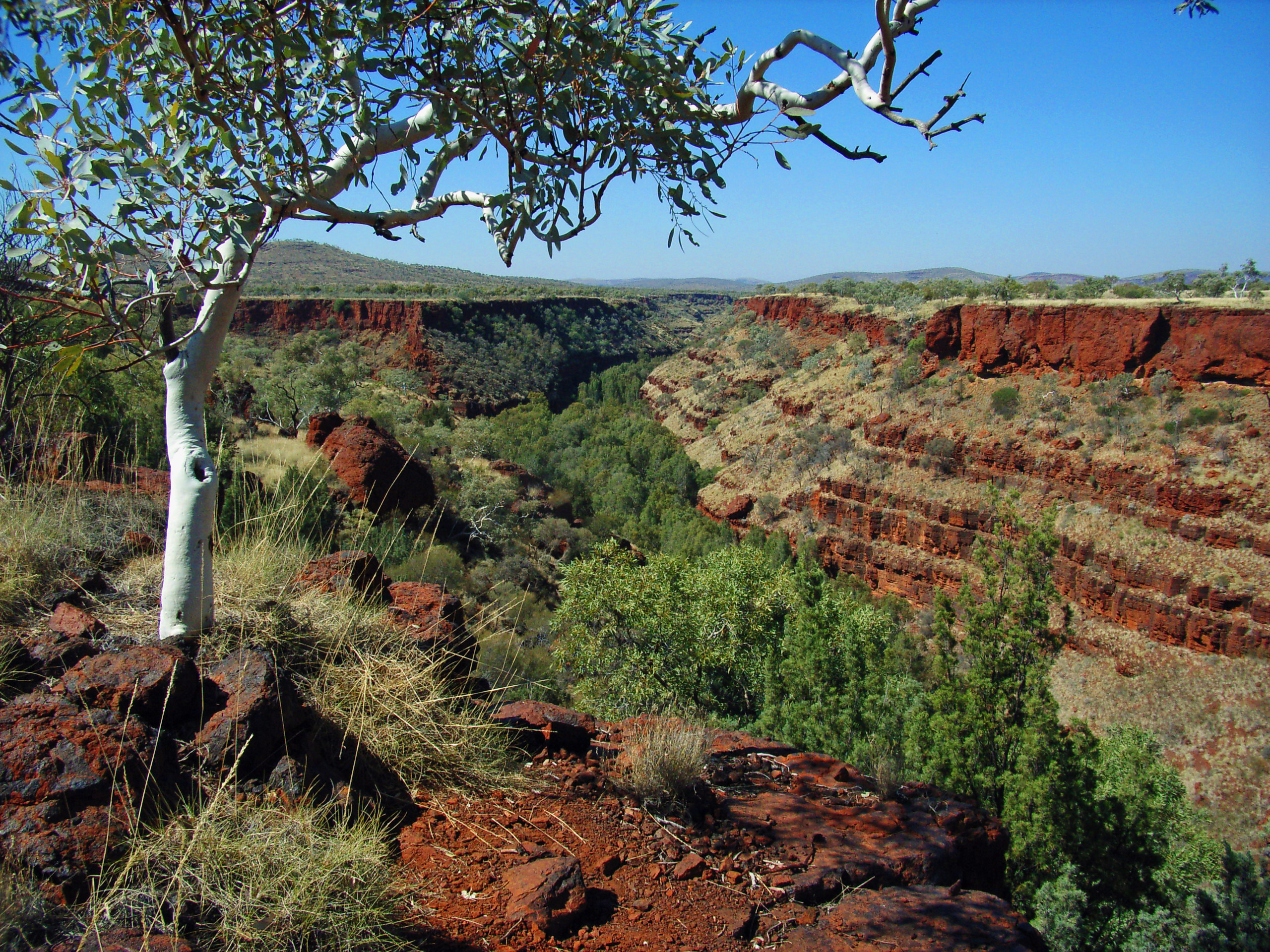
We expect to see a range of benefits and advances from the project.
For example, the Ningaloo World Heritage Area is listed purely for natural values yet is host to highly-significant cultural sites including one with a 36,000 year-old shell bead necklace from Mandu Mandu Creek.
There are hundreds of unrecorded rock shelters with cultural deposits in the Cape Range yet to be assessed for significance.
The names for plants, marine resources and landscape features are known by Traditional Custodians and their cultural values will be further profiled and potentially retrospectively listed in the World Heritage Area.
Sites such as Yirra Rockshelter in the Pilbara were earlier thought to be only 20,000 years old and were legally sanctioned for destruction by mining. Luckily excavations in 2022 showed Yirra was over 50,000 years old, highly significant and worthy of preservation.
We expect to identify many more similar sites warranting preservation.

